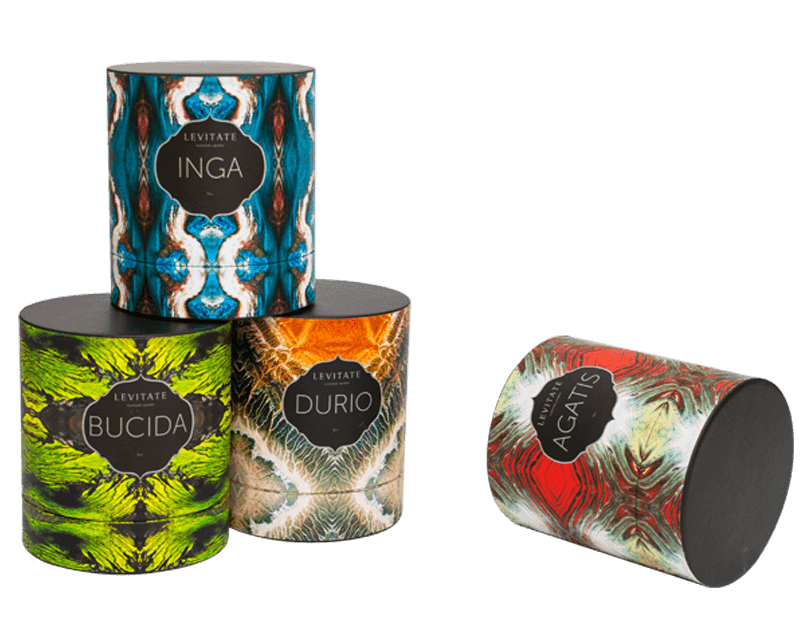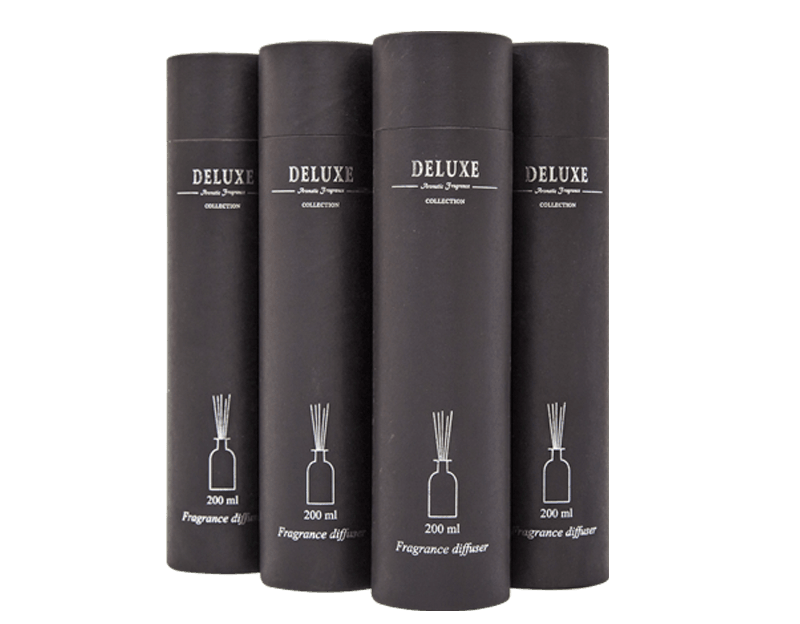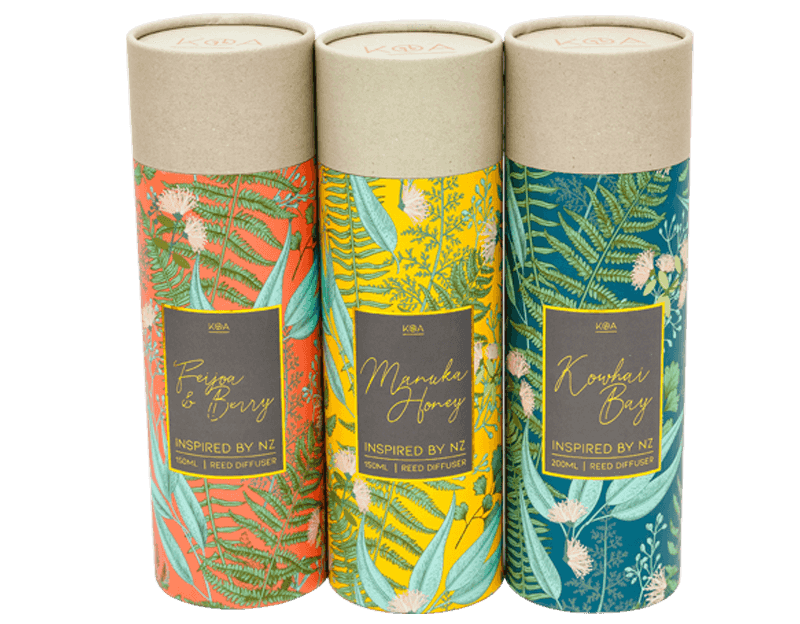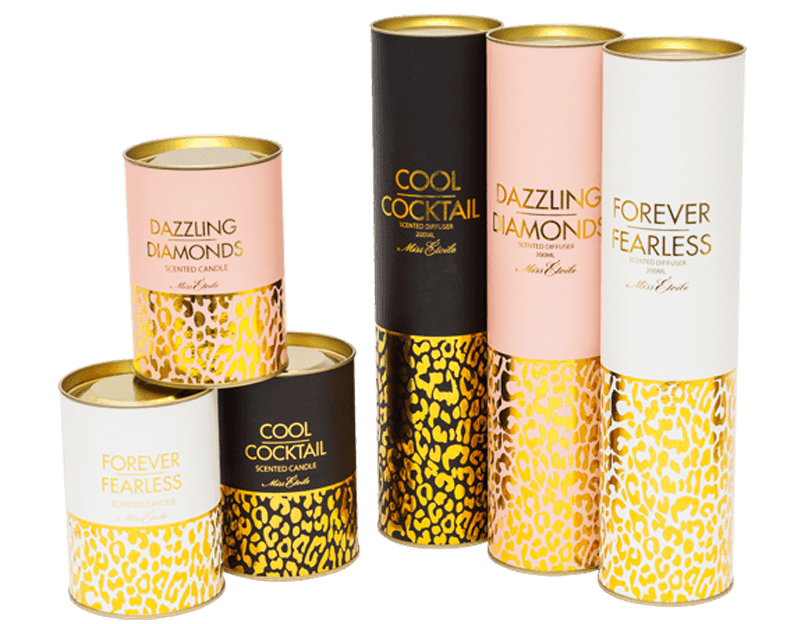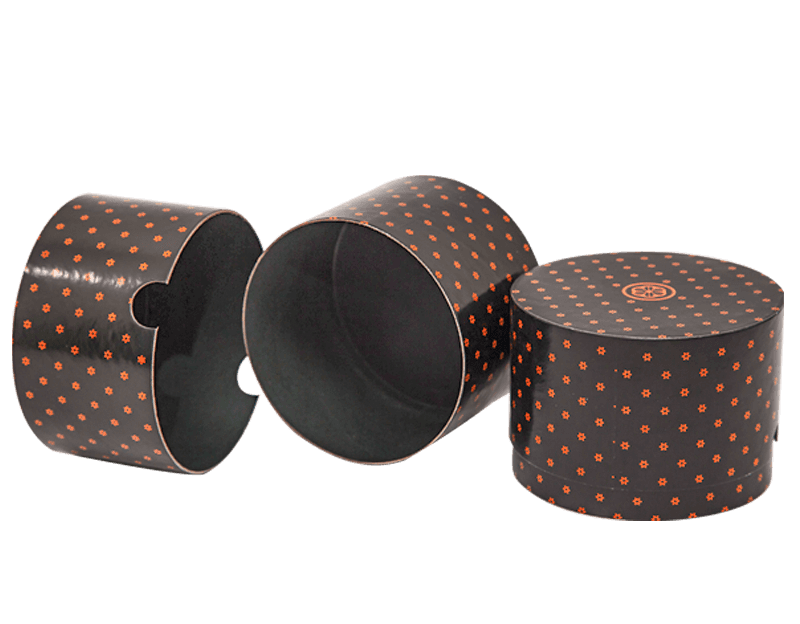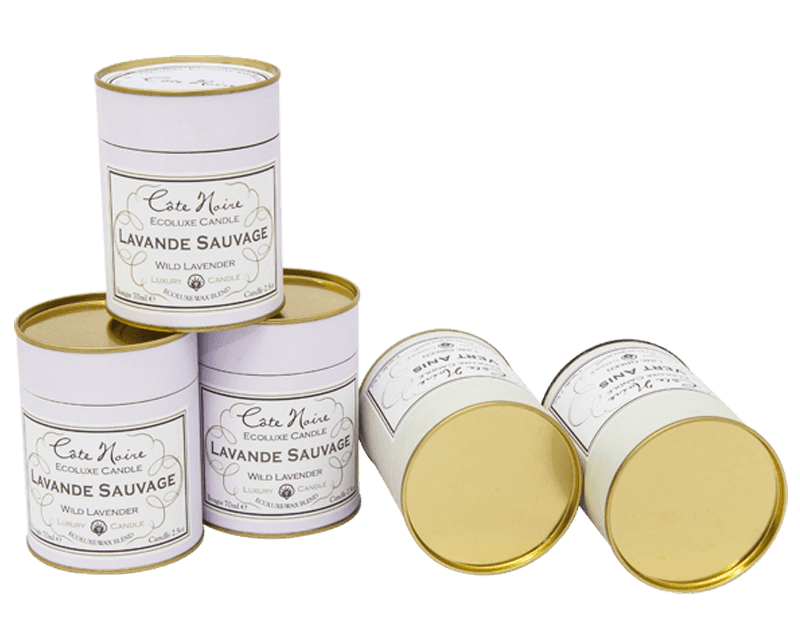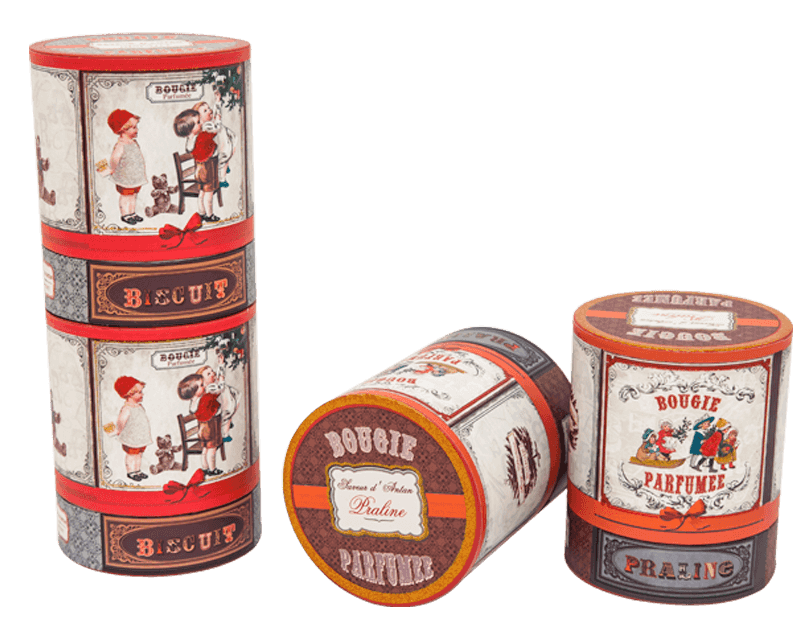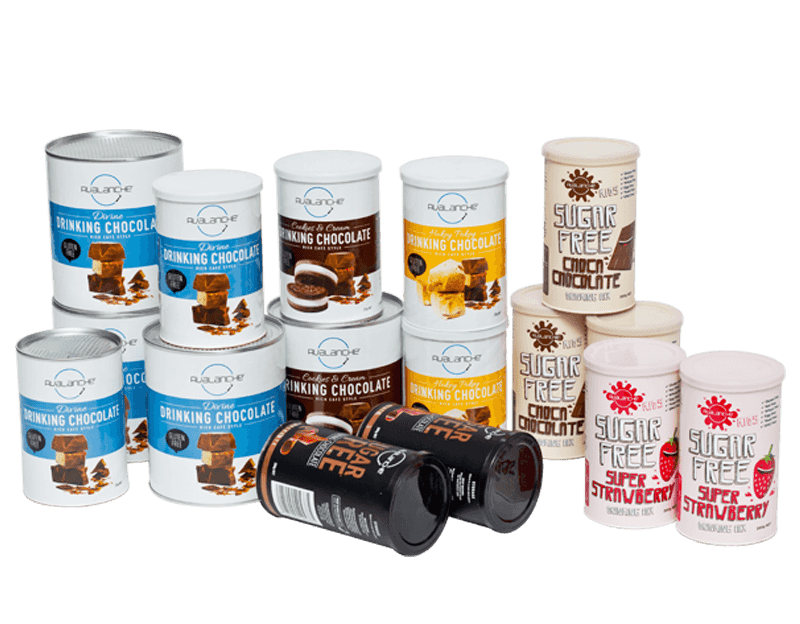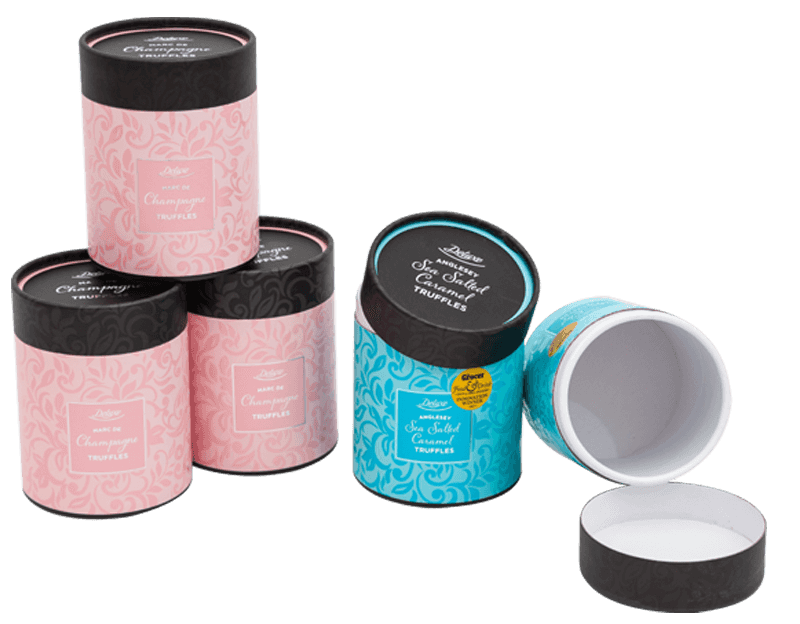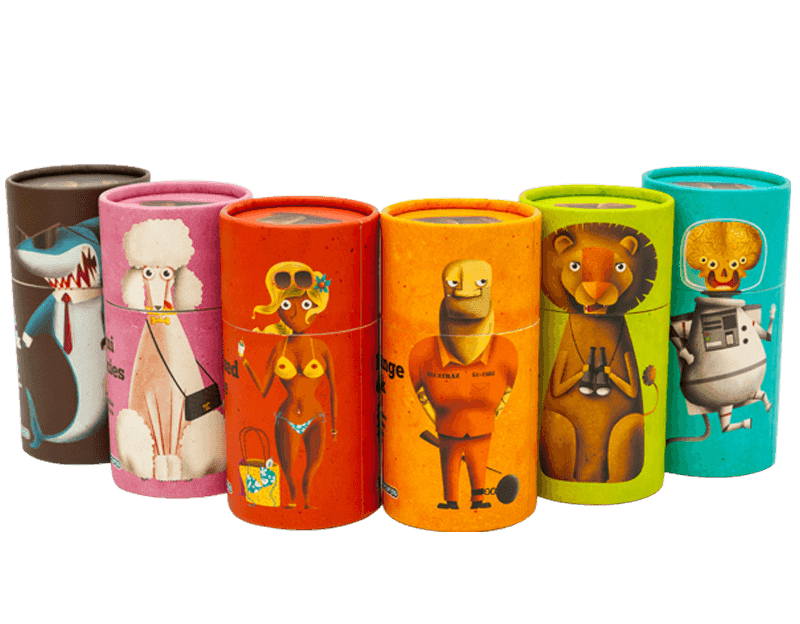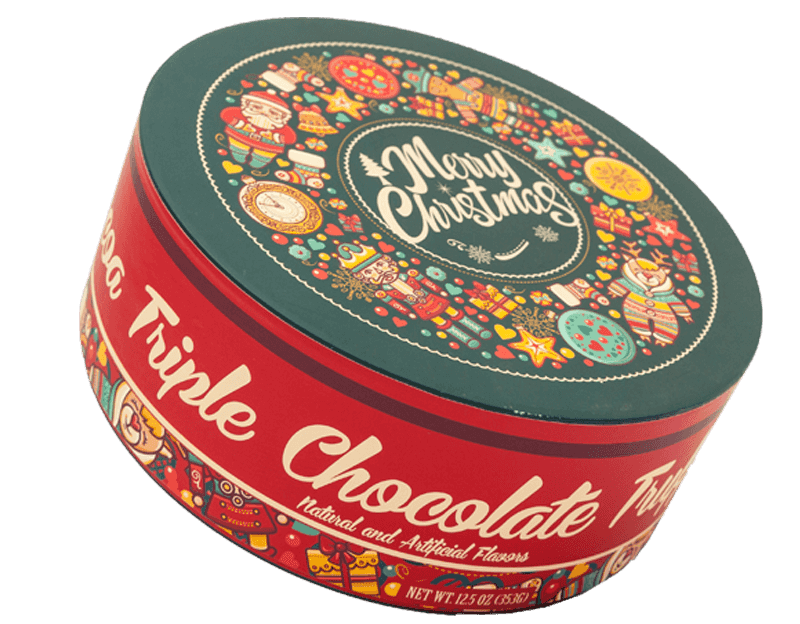As one of the top China cardboard tube packaging manufacturers and paper tube packaging suppliers, we devote all of our efforts to research and launch more high quality packaging products to global market.
Packaging today as we know it is the second largest industry in the world. Its advances and innovations have been profound over the course of time. People today take for granted this largely complex industry. Society knows little of the history of packaging and how it came about but they use many packages in their everyday lives. Packaging surrounds our lives whether it's the food we eat, the medicine we take, or products we buy.
Early on in life packages were used but the industry of packaging was non existent. Some of the first packages that were popular were glass bottles. These bottles were used to hold medicines and were hand blown without the use of molds to shape them. Labels for such packages were made by hand sheet by sheet and printed on with a hand press. Many times the contents of these packages were much easier to mix and produce than the actual packages themselves. "The technology of the packages was primitive by contemporary standards (Trusting the Package, 46)."The early inventors of packages with distinctive containers and labels could sense something great, an untapped market place. However they were limited by the lack of technology available to them. This was near the turn of the 17th century when these types of packages were born. These packages were most commonly used for what claimed to be medicines. During this time period there were no laws governing medical packaging. Many people died due to the lack of regulations required to bring a medicine to market. Hence the stringent regulations required by law we see in today's medical packaging industry.Cardboard Tubes Packaging Manufacturers
Packaging was on the increase and with peoples' curiosity and new found knowledge of certain packages they were eager to innovate, but this was a relatively slow process. The use of coal in the bottle making process was a major advance in early packaging. This increased the production of bottles and lowered the cost. Along with this advance, printing became more efficient as people become more intelligent and technology slowly grew. Literacy was still not universal but it was on the increase. This was important to the world of packaging because more people could now read at least part of the labels on the packages they were purchasing. This also allowed the consumer to be one with the package. In other words the package it self was considered the product. This helped to sell packages with familiar shapes, symbols, and names.
It didn't take long for people to realize that packaging could be a very lucrative practice. Ethics however was not stressed as it is in the present industry. For example in 1760 the manufacturers of Singleton's Eye Ointment a 163 year old brand, sued several parties in London who counterfeited the printed directions and copied the distinctive ceramic container (The Total Package, 50). Protecting trade dress was practiced as early as 1623 however enforcing such patents was another story. By 1857 there were 1500 different patent medicines sold in the United States, however they weren't true patents. In 1870 the library of congress began trademark registration (The Total Package, 50). Names, logotypes, and distinctive packaging were not protected prior to this date. All these events helped the indirect growth of packaging as an industry.
Another crucial innovation was the way paper was used. The paper bag was a large part of packaging history. The first paper bag machine was developed in Bethlehem, Pennsylvania, in 1852. About eight years later more efficient machines were available which eventually produced the flat bottomed paper bag known as a universal container (The Total Package, 60). Grocers used them sell sugar, rice and other commodities from larger drums or barrels. Paper bags ultimately helped the economy by increasing sales wherever they were used. It was innovations such as this that sparked peoples' imaginations to strive in a world new to packaging.
The technique of canning which is nearly perfected in today's world started with a competition in France. In 1795 the governing body of France announced a reward for an innovative way to preserve food. A confectioner and pickle maker by the name of Nicolas Appert was responsible for the first glass canister to preserve food effectively. This only took him about 14 years to prove.
Sadly in the same year as Appert's patent England granted a patent for virtually the same process except using tinplate containers instead of glass (The Total Package, 65). This portrays the speed in which the packaging industry can evolve. In 1859 the double-seam can was invented using no soldier. This design is still used today however with much faster and more efficient technologies.
The packaging revolution as we know it came about in the late nineteenth century. This revolution involved these innovations, ideas, and technology which came together to define and sell products in the disreputable world of patent medicine. This packaging revolution was primarily started in the United States during the last quarter of the 19th century. Brands such as Colgate and Pears started in the toiletry business around 1800 so they were almost 200 years ahead of the industry (The Total Package, ??).. Along with the advances in packaging machinery came the invention of the railroads. The railways allowed large goods to be shipped rapidly with little expense. People on the east coast could receive goods produced on the west coast and vice versa. This was extremely good for the economy. The dramatic change underwent by society from subsistence living to wage earning jobs allowed little time for people to make things such as food and clothing for themselves. This move transformed necessities into consumables. These consumables were used at a much faster pace while productive new machinery and systems were constantly being built and improved upon. Not until this time was packaging considered and important industry on its own.
In today's packaging world it is much more than a product and a package. The amount of time and effort that is put into each package is undeniably large. Packages today are designed to be noticed even while day dreaming or unaware of its presence. Packages provide vital information and try to engage people's emotions. Packaging has become a dominant industry and has slipped its way quietly into people's homes. Packaging is an invisible industry to the masses however it was never before a bigger industry than it is now. People are changing and packaging is changing with people Thomas Hine describes that packaging is "as complex and predatory as a tropical rain forest (72)." Packaging started by fulfilling "needs" where as today it fulfills "needs" as well as wants. It is these "wants" that drive the market to where it is today along with the competition to fill the "needs" in the fastest most efficient and effective way possible.
Japan and The United States are the two leading industrial powers. Packages are widely used all across the globe. However it is interesting to see that the Japanese use packaging as an expression of their culture and is better recognized by their society than in America. In this sense packaging is a replica of a geographic regions' societal values. Packaging has become so much more than a paper bag or a can. It has become a part of the human life and will continue to evolve with technology. The future of packing lies in life itself.
 English
English Español
Español
